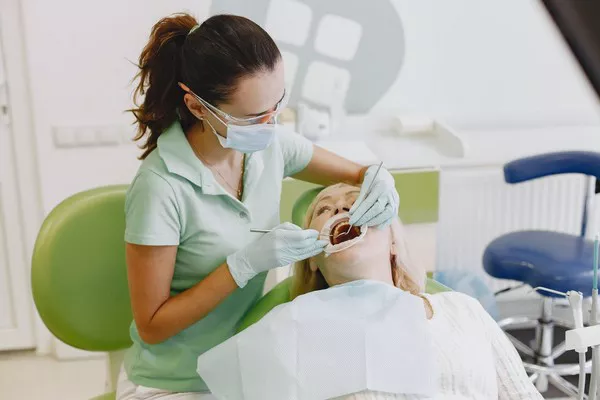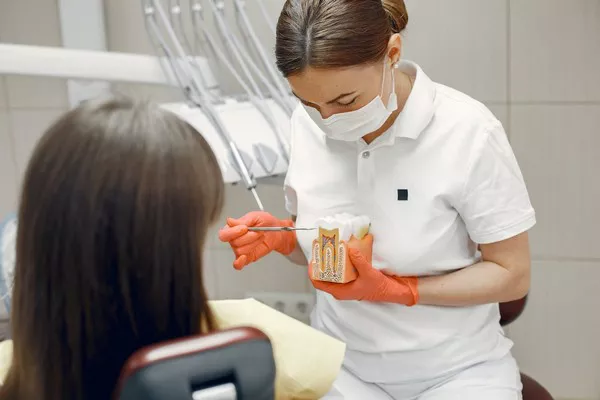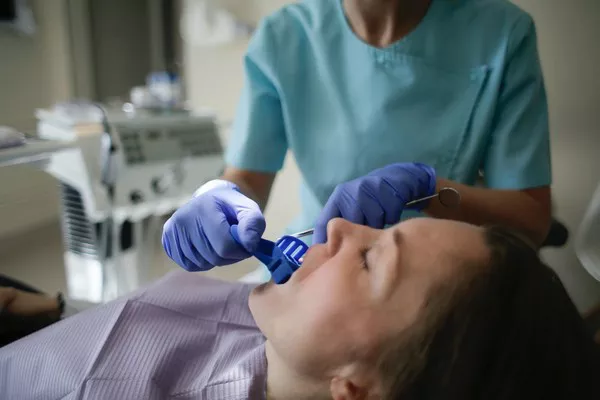When it comes to orthodontic treatment, many patients wonder about the roles and responsibilities of orthodontic assistants, particularly whether they are involved in the placement of braces. This article aims to clarify the specific duties of orthodontic assistants and the role they play in the orthodontic team, emphasizing the distinction between their responsibilities and those of orthodontists.
Understanding Orthodontic Treatment
Orthodontic treatment involves the correction of misaligned teeth and jaws to improve both function and aesthetics. Braces, a common orthodontic appliance, are used to gradually move teeth into their proper positions over time. This process requires specialized knowledge and skills to ensure effective treatment outcomes.
The Role of Orthodontic Assistants
Orthodontic assistants typically do not place braces on patients. This responsibility falls solely within the domain of orthodontists, who are highly trained dental specialists.
Explanation of Orthodontist’s Role
Specialized Expertise Required
Placing braces is a complex procedure that demands specific expertise in orthodontics. Orthodontists undergo extensive education and training beyond dental school to specialize in the diagnosis, treatment, and prevention of malocclusion (improper bite).
Key Responsibilities of Orthodontists
Treatment Planning: Orthodontists assess patients’ oral health, diagnose malocclusions, and create personalized treatment plans.
Braces Placement: They are qualified to apply braces accurately to ensure they are positioned correctly for optimal results.
Progress Assessment: Monitoring patients’ progress throughout treatment to make necessary adjustments.
Role of Orthodontic Assistants
Orthodontic assistants are integral members of the orthodontic team, providing essential support to orthodontists in various capacities:
Patient Preparation: Assisting in preparing patients for procedures, including explaining treatment processes and ensuring patient comfort.
Assisting with Procedures: Providing chairside assistance during treatments, such as handing instruments to the orthodontist and managing equipment.
Taking Impressions and X-rays: Capturing detailed impressions and x-rays to aid in treatment planning and monitoring progress.
Educating Patients: Offering post-treatment instructions and guidance on oral hygiene practices.
Administrative Tasks: Managing patient records, scheduling appointments, and handling billing procedures.
Sterilization and Maintenance: Ensuring all instruments and equipment are properly sterilized and maintained to uphold strict infection control protocols.
See Also: How Do Orthodontists Remove Braces
Importance of Teamwork
Collaborative Care Approach
Orthodontists and their assistants work closely together as a cohesive team to deliver comprehensive orthodontic care. This teamwork ensures that each patient receives personalized attention and achieves the best possible outcomes from their treatment.
Enhancing Patient Experience
By working together, orthodontists and assistants streamline processes, improve efficiency, and enhance the overall patient experience. Patients benefit from coordinated care that prioritizes their comfort, safety, and treatment success.
Conclusion
In conclusion, orthodontic assistants do not place braces on patients. This responsibility rests solely with orthodontists, who possess the specialized knowledge and skills required for effective orthodontic treatment. Assistants play a crucial role in supporting orthodontists, ensuring smooth practice operations, and delivering exceptional patient care.
For individuals considering orthodontic treatment or with questions about their current treatment plan, consulting directly with an orthodontist is recommended. Orthodontists can provide personalized assessments, detailed treatment explanations, and address any concerns to ensure patients are well-informed and confident in their orthodontic journey.
By understanding the roles within the orthodontic team and the expertise required for braces placement, patients can approach their orthodontic treatment with clarity and confidence, knowing they are in capable hands with trained professionals dedicated to their oral health and well-being.
You Might Be Interested In





























